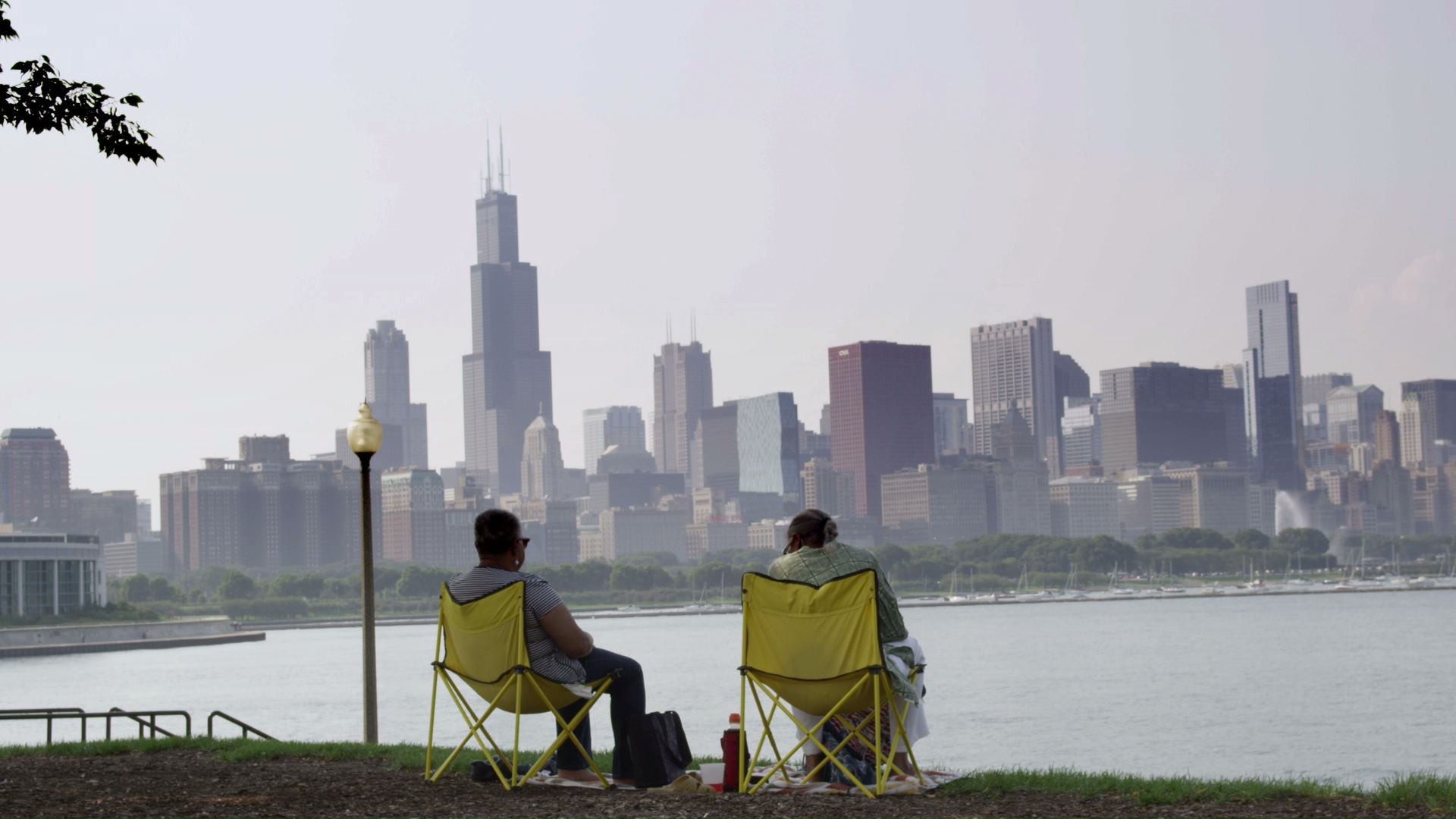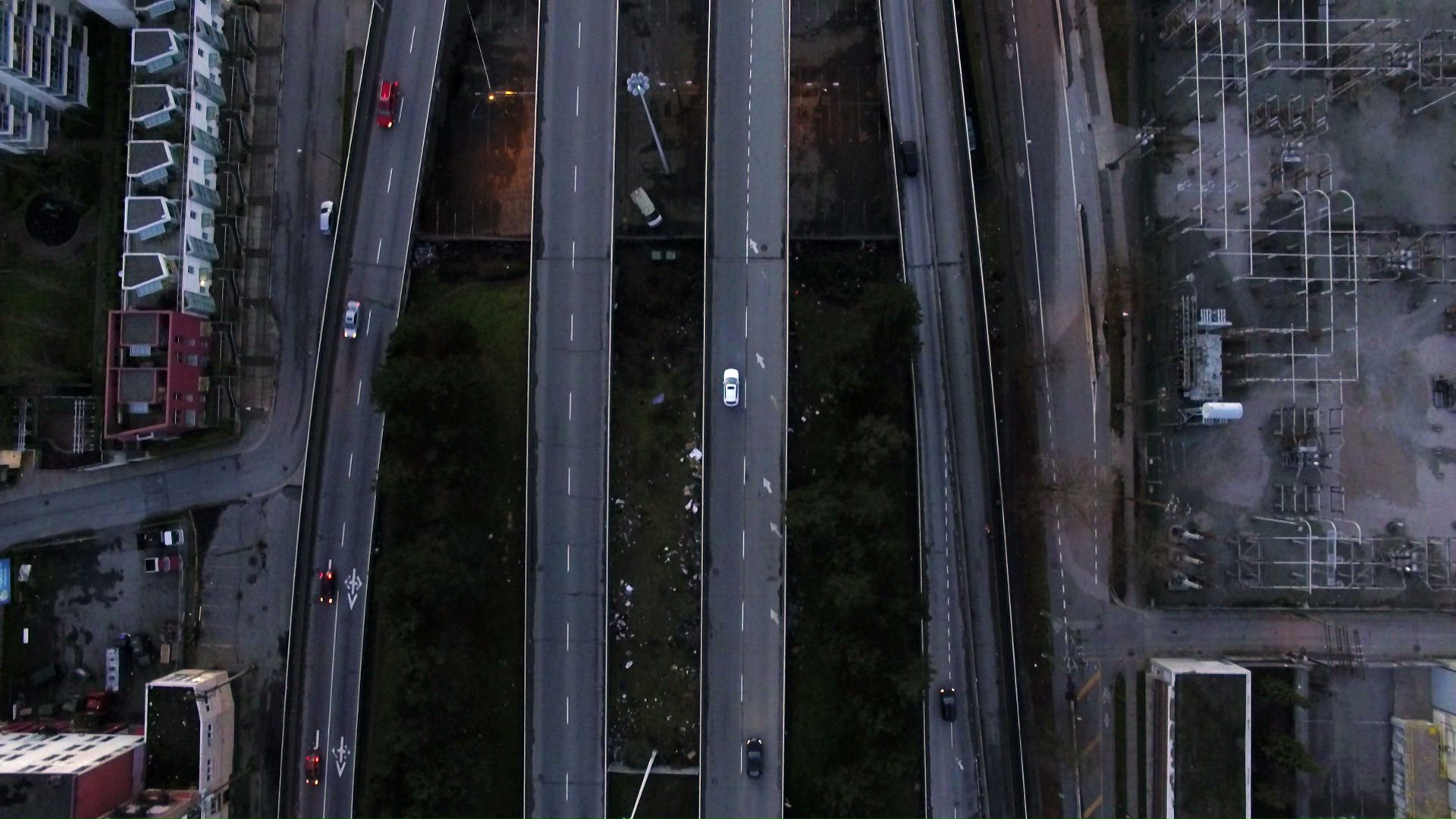Composer Joel Pickard studied composition at Mills College in Oakland, classical guitar at Bethel College in St. Paul, and cello with The Portland Cello Project’s Anna Fritz. He scores for both film and dance projects, and creates music and sound design for clients like HBO, Showtime, Smithsonian Network, and the Independent Film Channel. We were very excited to have him write the music for our upcoming season of Art in the Twenty-First Century, premiering two weeks from today on PBS.
Eve Moros Ortega: Tell us a little about your background in music.
Joel Pickard: For the last ten years I’ve been making music for films, plays, commercials, and dance. There’s also a fair amount of live performance in my background as well. I scored my first documentary about nine years ago for the Discovery Channel: The Joy of Lex, a documentary about language. It was directed by Morgan Neville, who also directed 20 Feet from Stardom.
EMO: What made you want to work on ART21?
JP: Truthfully I had not seen the show before, but I did know several of the artists you’ve filmed from my time working at the Walker Art Center in Minneapolis in the late 90s. I worked for the registration department, helping manage the Walker’s permanent collection as well as all incoming artwork for exhibitions. I did everything from cleaning paintings, packing art, installing work in the galleries, to constructing travel crates. I even traveled to France several times to courier artwork. My department was the first to unpack new art that came in the door so the curators were often down in our shop checking out the latest work. This led to lots of great conversations about the work and the shows that they were slated for. I got a great education in modern art. One of the reasons why I wanted to work with ART21 was because of my experience at the Walker.

Production still from the Chicago hour of Art in the Twenty-First Century, Season 8. © ART21, Inc. 2016.
EMO: How did you start to make a living with the music you write?
JP: When I was at the Walker, they had an information room you could go into before you entered the galleries. It had a slideshow and a voice-over. You watched about ten minutes worth of these slides with the artist talking (like Robert Gober talking about his work, or a curator talking about her vision for the show, etc.). So I asked the guy who put the slideshows together if I could make some music for them and he said sure. At the time I had a very simple setup with a four-track tape recorder, one microphone, a keyboard and a few other instruments. It was a great experience. Learning how music could work with images was new to me and I loved it. I did that for several years, and was basically given free reign.
Incidentally, the Walker ended up using some of that music for their telephone hold music for many years. That led to another museum in Illinois commissioning me to write music for their telephone system. An interesting way to get started. It showed me that I really like composing music ‘for’ things, whether films, plays, performance, etc. I like the challenge of figuring out what is needed for each setting—even if it’s the music you hear on hold.
Sometime between 2000 and 2001, I had a friend teaching in the art department at Mills College in Oakland and he called and said I should come check out the music department. Grad school hadn’t been on my mind, but after visiting the campus and meeting the professors like Fred Frith, Pauline Oliveros, and Alvin Curran, it seemed like the right thing to do. My wife and I were thinking about living somewhere other than Minneapolis, so we just went for it. Interest rates were super low so it was a good time to go back to school and figure out how to transition to more composing work. During my second year at Mills, I did the music for a play in Texas, and a few months later a few Showtime promos, and then music for a 24-hour outdoor performance event in Minneapolis for the Stone Arch Bridge. I wrote a piece of music that lasted twenty-four hours with twenty-four quartets of musicians including a brass band playing on a boat in the upper lock and dam of the Mississippi River. A real wide range of projects. At some point, I had a string of projects that were going to pay my bills for several months and I decided if I could get a few more jobs like these I could make the leap to freelance. So, I took the leap. A lot of the early work was commercial and marketing-based. Doing projects early on for Showtime and the Smithsonian Network allowed me to build a portfolio, which helped when cold calling design studios and advertising agencies. After several years I decided I wanted to focus more energy on film scoring.

Production still from the Vancouver hour of Art in the Twenty-First Century, Season 8. © ART21, Inc. 2016.
EMO: What was most challenging about working on Season 8?
JP: One thing that was specific to Art in the Twenty-First Century was we wanted the visuals to lead the way. We didn’t want the music to influence the viewer too much. That was a new challenge. For a narrative film, you’re typically helping amplify the emotion or energy on screen or subtlety playing under it. Here it was the opposite. We wanted to create an open space for people to see the work. Literally not having music play when the artwork was on the screen. That was an approach that was very unique to this show.
EMO: What project or piece of music are you most proud of?
JP: My tennis game has really improved a lot (laughs). I really like working with Matt Eller (graphics designer for Season 8) and think we made a solid package in terms of the trailer and the show open. I’m proud of that. Given the content of the show, we wanted to make something that could stand alongside the artwork—something interesting and challenging to draw the viewer in, especially someone not already familiar with the artists.
EMO: What were the most interesting things you learned on Season 8?
JP: I learned so much. I’m thinking of Vancouver—I didn’t know the art scene there at all. I also thought it was interesting that Liz Magor and Barbara Kasten, mid to late-career artists, both talked about the same practical realities the younger artists mentioned. Making work can be difficult—it can be exciting or blow up in your face. It’s the life of an artist. It confirms how I feel about what I’m doing.




